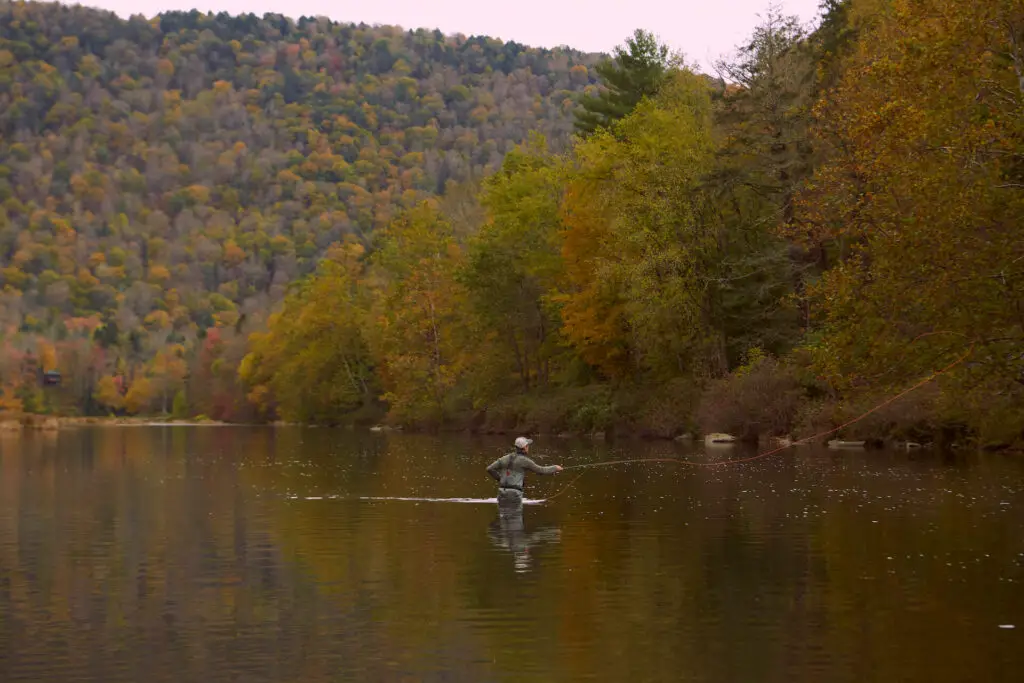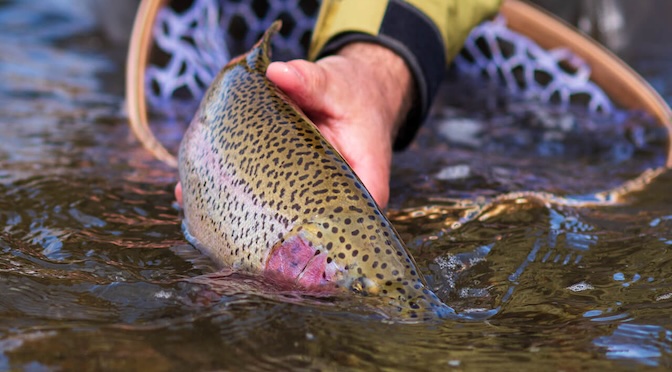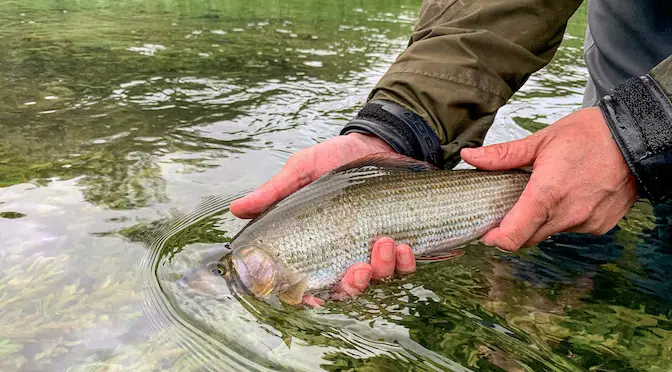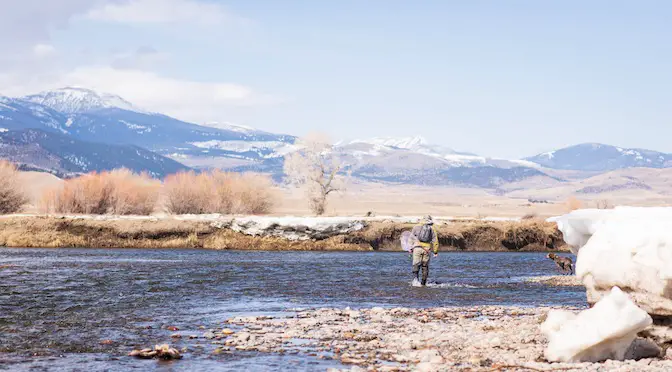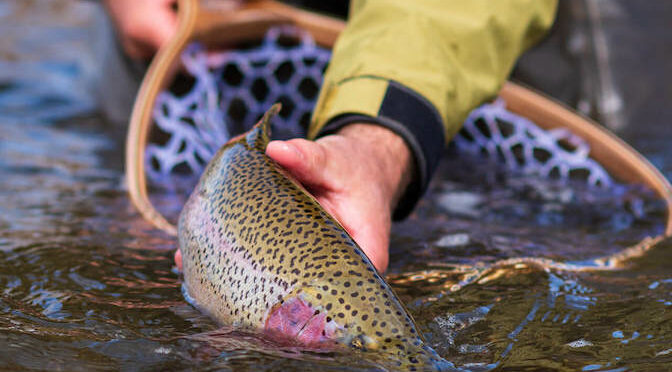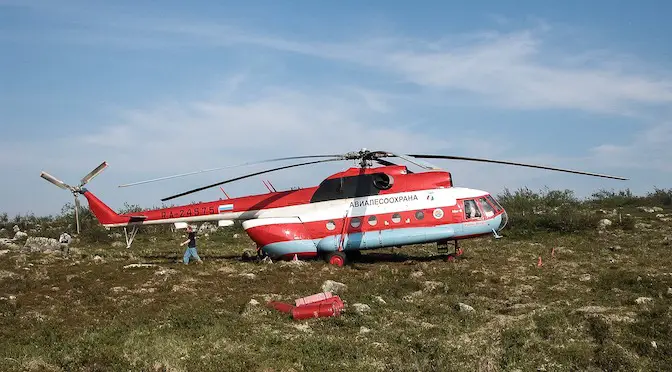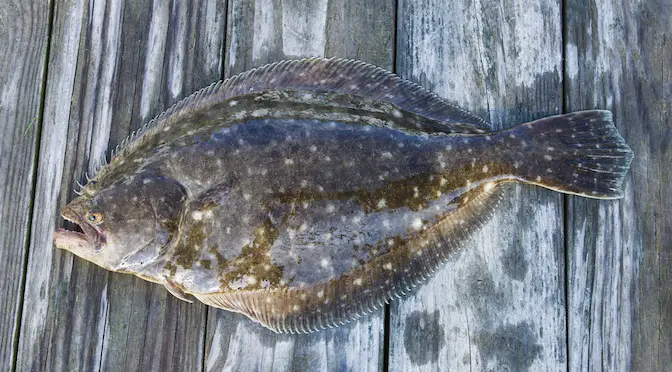Last updated on December 7th, 2023.
- On the Water with the Korkers Bantam Lite - June 26, 2025
- How to Find Trout in Rivers & Streams Anywhere - June 13, 2025
- Educating the Next Generation of Salmon Anglers - June 4, 2025
Fly fishing is a sport that seamlessly blends skill, artistry, and nature.
At the heart of this pursuit lies the fly rod, a crucial tool that can make or break the angler’s experience. Whether you’re a seasoned fly fisherman or a novice eager to dive into the world of feather-light presentations, selecting the right fly rod is paramount.
Here’s What You Need to Know
Picking a fly rod involves several steps. In this guide we want to help you break down the essential questions you might be asking yourself. Here’s what you should consider.
Understand the Essentials
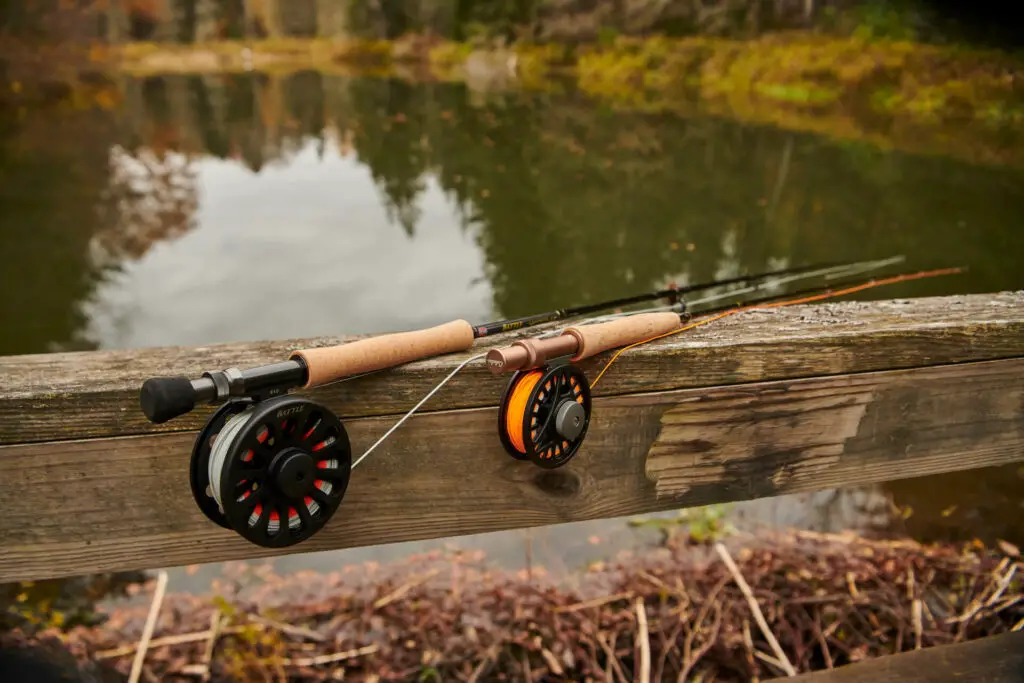
Choosing the perfect fly rod begins with understanding its fundamental components. The three key factors to consider are weight, length, and action. Fly rod weight, denoted by a number (e.g., #5), correlates with the line weight it is designed to cast. Lighter rods, such as #3 or #4, are ideal for delicate presentations on smaller streams, while heavier rods, like #8 or #9, tackle larger species and more challenging conditions.
Finding the Right Length
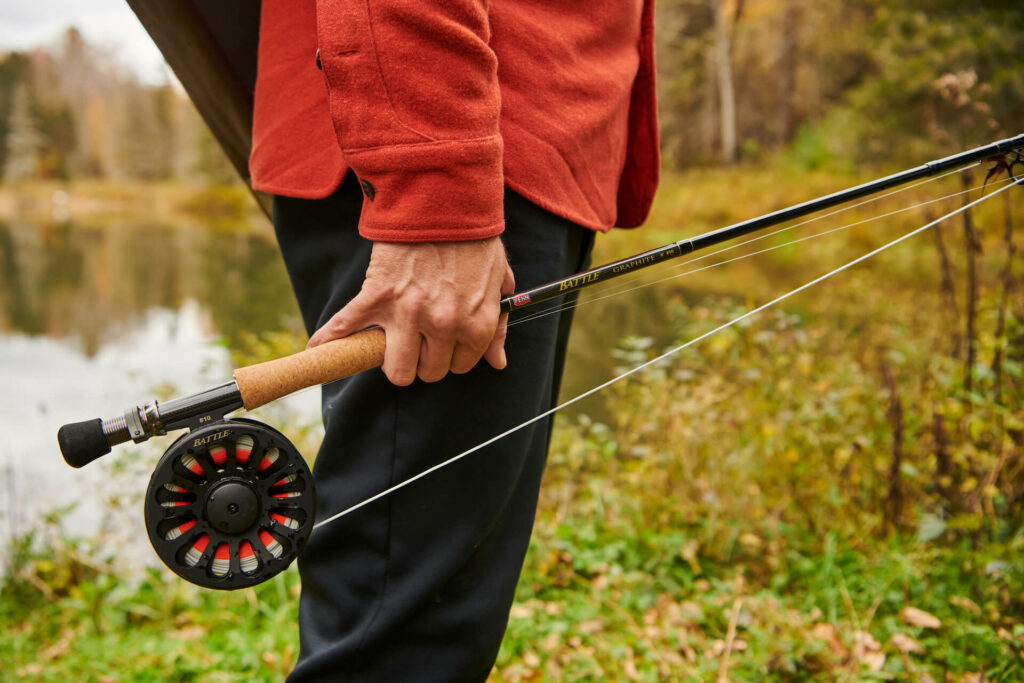
The length of your fly rod impacts casting distance, accuracy, and overall maneuverability. Shorter rods (7 to 8 feet) excel in tight spaces, making them ideal for small creeks and brooks. Mid-length rods (8.5 to 9 feet) strike a balance and are versatile for various environments. Longer rods (9.5 feet and above) provide extended reach, aiding in longer casts on larger rivers.
Diving into Action

Fly rod action refers to the flexibility or stiffness of the rod. Actions are typically categorized as slow, medium, or fast. A slow-action rod bends throughout its length, making it forgiving and great for beginners. Medium-action rods offer a balance of flexibility and power, suitable for diverse fishing scenarios. Fast-action rods, stiffening towards the tip, provide powerful casts for covering long distances or handling larger fish.
Special Considerations
Consider the type of water you’ll be fishing. A smaller stream may demand a shorter, more delicate rod, while targeting saltwater species might require a more robust, corrosion-resistant rod.
Testing and Trying
Ultimately, the best way to find your perfect fly rod is to cast different models. Many fly shops offer casting ponds or demo days, allowing you to feel the rod in action before making a decision.
From my experience, picking a fly rod can be a very personal thing since there are so many factors that play a role in your decision-making process. The key is to strike a balance that complements your fishing style and the environments you explore, ensuring every cast is a step closer to mastery.
Matching the Reel
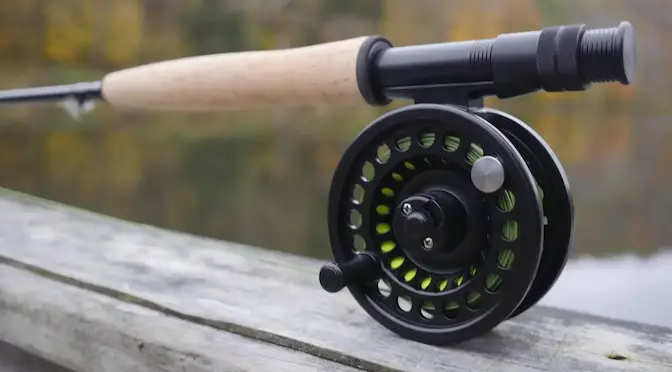
Once you’ve selected a fly rod, it’s crucial to pair it with an appropriate reel. The reel should balance the rod’s weight and hold the designated fly line. Ensure that the reel has a smooth drag system to handle the sudden bursts of energy from hooked fish. If you’re just starting out or have little experience, it’s also worth taking a look at fly rod combos, often also called fly outfits. These kits include all the pieces of gear you need, such as a fly rod, fly reel and often also a line and a leader. Since they’ve been put together by experts, you can be sure that rod and reel will be well balanced.
Material Matters

Fly rods are constructed from various materials, each influencing the rod’s performance. Graphite is the most common material, offering a balance of strength and sensitivity. Bamboo, a classic choice, provides a slow action and a nostalgic feel. Fiberglass, known for its durability, suits beginners and those seeking a more forgiving rod.
Fine-Tuning with Fly Lines
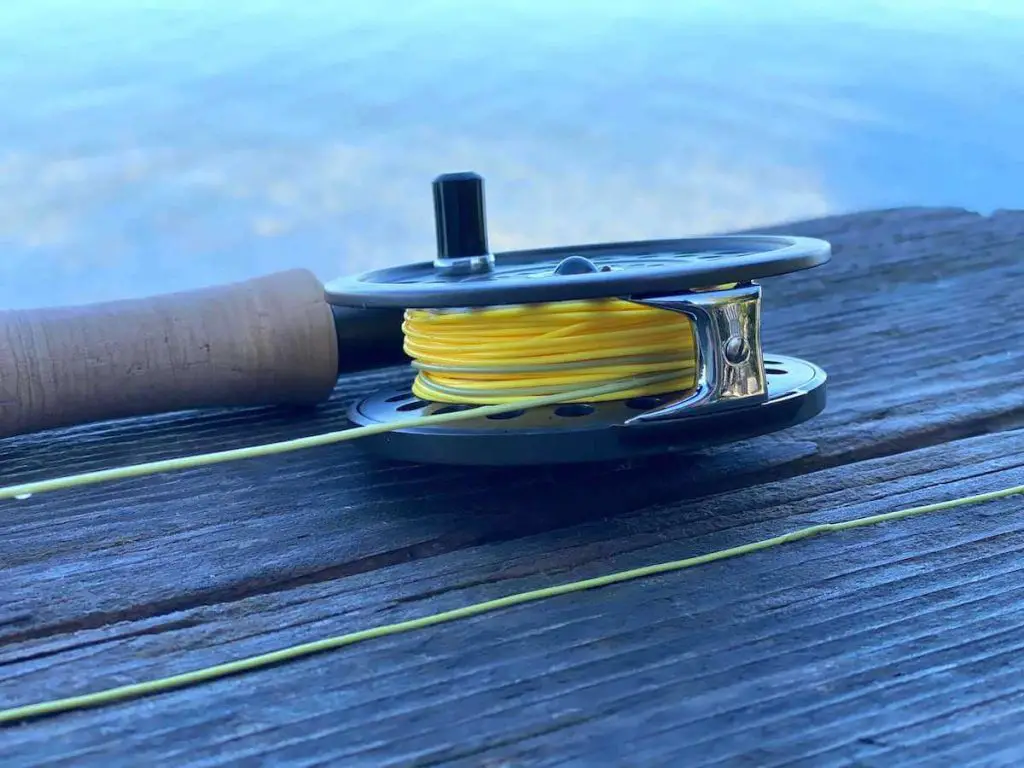
Your choice of fly line has a significant impact on casting and presentation. Weight-forward (WF) lines are versatile and suitable for most applications. Double-taper (DT) lines offer delicate presentations and roll-casting abilities. Sink-tip or full-sink lines are essential for streamers and fishing below the water’s surface.
Understanding Rod Weight

The rod’s weight not only dictates the type of fishing it can handle but also influences the fatigue you may experience during a day on the water. Lighter rods are excellent for small streams and finesse, while heavier rods provide the backbone needed for larger species or windy conditions. Rod weights start at #1 and go up all the way to #14.
As a rule of thumb you can remember that rod weights in the #3-#5 range are the standard for trout fishing. #6 and #7 are a good choice for light saltwater fishing for sea trout or sea run cutthroat for example. Rod in the #8 to #10 are a good choice for medium sized saltwater fish such as Striped Bass, False Albacore and Bonefish for example. They are also the right choice for strong freshwater predators such as pike. If you want to target the strongest saltwater species such as GTs you need a rod of #12 and upwards.

FAQs: Choosing a Fly Rod
What’s the significance of rod weight?
Rod weight corresponds to the size of the fly line it can cast. Lighter weights suit smaller flies and delicate presentations, while heavier weights handle larger flies and more challenging conditions.
Why does the rod’s action matter?
Rod action determines how the rod flexes during casting. Slow action provides forgiveness for beginners, medium offers versatility, and fast delivers powerful casts.
Can I use the same rod for freshwater and saltwater fishing?
While some rods are versatile, saltwater fishing often demands corrosion-resistant materials. It’s advisable to have a dedicated saltwater rod for optimal performance.
How does rod length affect casting?
Longer rods offer extended reach and casting distance, while shorter rods excel in tight spaces and smaller water bodies.
Do I need different rods for different species of fish?
Yes, different species and environments may require varied rod weights and actions. Tailor your choice to the specific conditions you’ll be fishing in. Choosing the right fly rod is an exciting journey, and as you explore different waters and angling scenarios, your preferences will guide you towards the perfect match.
Our expertise: Leonard Schoenberger and his team spend countless days each year on the water, testing and reviewing the best new gear for you. Their goal is to help you learn about fly fishing and explore pros and cons of certain gear in order to make a better purchase decision and ultimately become a better fly fisherman or woman.


